Anahita Norouzi’s Instagram Takeover
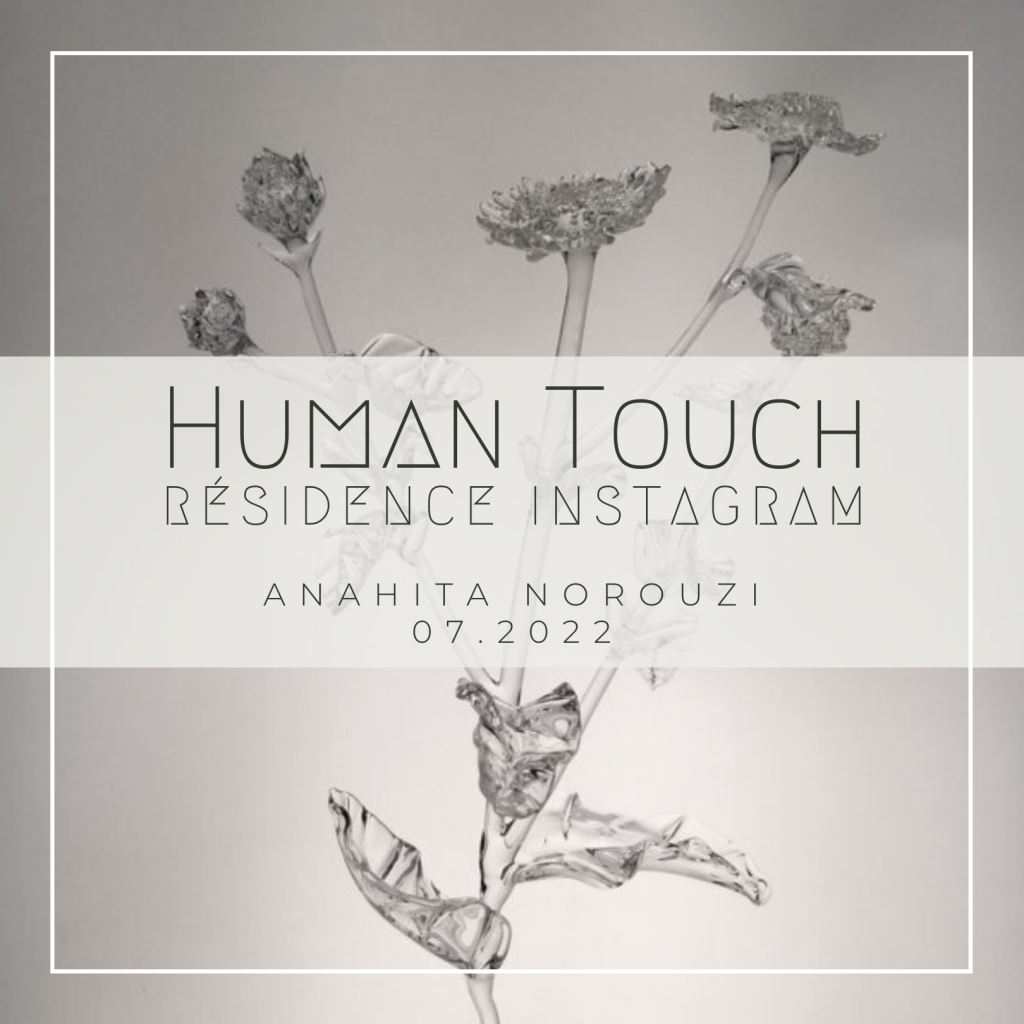
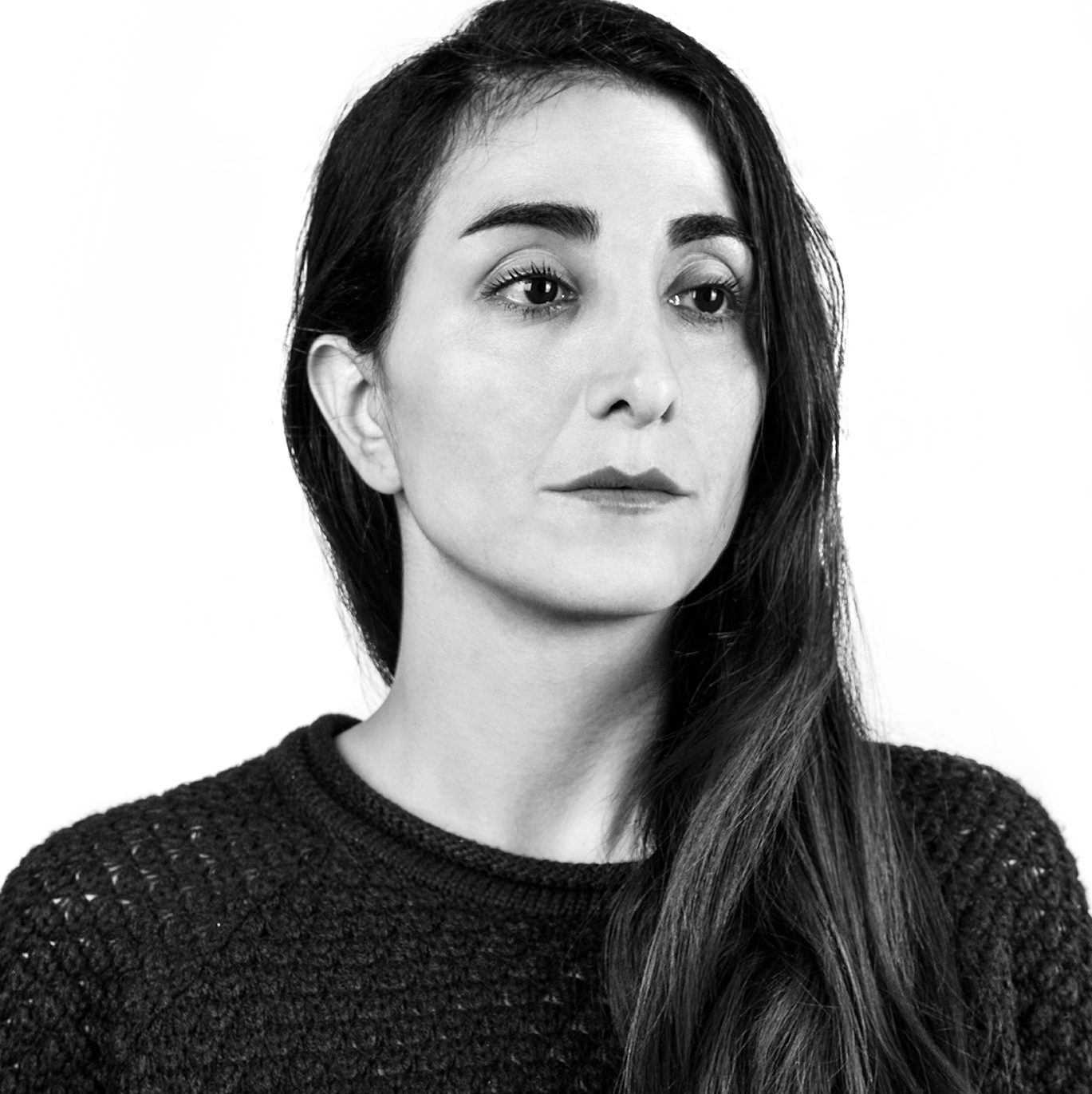
We continue our virtual residency series with Montreal-based Iranian-Canadian multidisciplinary artist Anahita Norouzi.
Join us this coming week as she explores notions of displacement, memory and cultural identity from a psycho-historical perspective. Her work highlights her singular perspective as an Iranian citizen and distant observer of her native culture from Montreal.
Human Touch is an Instagram residency series that invites emerging artists to punctuate our Instagram feed with their artistic productions, questionings and content that inspires their creativity.
Stay tuned!
Follow @anahita_norouzi‘s takeover on our Instagram.
Day 1 – Monday July 18, 2022
This week we would like to introduce you to Montreal-based Iranian-Canadian multidisciplinary artist Anahita Norouzi. Her approach to art is closely linked to social, political and cultural issues, which she critically explores in her work. Over the past ten years, she has traveled frequently between Iran and Canada to conduct her research, which explores notions of displacement, memory and identity from a psycho-historical perspective and is informed by extensive travel between Canada and Iran. Through installation, performance and video, she actively questions the dichotomous conditions caused by her particular perspective – as an Iranian citizen and a distant observer, from Montreal, of her culture of origin.

Plein sud, centre d’exposition
📷 Guy L’Heureux
My research-based practice examines notions of identity and memory, especially in relation to experiences of displacement.
For the past two years, I have been developing a large body of work that explores the legacies of botanical explorations and archeological excavations, particularly when scientific research became entangled in the colonial exploitation of non-Western geography.

In the coming days, I’ll share with you some of my recent works, explorations, and thoughts.
I start this off by the poetry of Georges Seferis:
“They told us you’ll conquer when you submit.
We submitted and found ashes.
They told us you’ll conquer when you love.
We loved and found ashes.
They told us you’ll conquer when you abandon your life.
We abandoned our life and found ashes.
We found ashes.
It remains to recuperate our life,
now that we’ve nothing left.”
~ Poème de Georges Seferis, The Collected Poems 1924-1955.
Day 2 – Tuesday July 19, 2022

Esplanade Arts and Heritage Centre
📷 Spencer Schutt

Esplanade Arts and Heritage Centre
📷 Spencer Schutt
In 2020, through months of quarantine, while being static physically, I continued mind-travelling, reading, and thinking about diasporic objects and plants, healing and resilience…

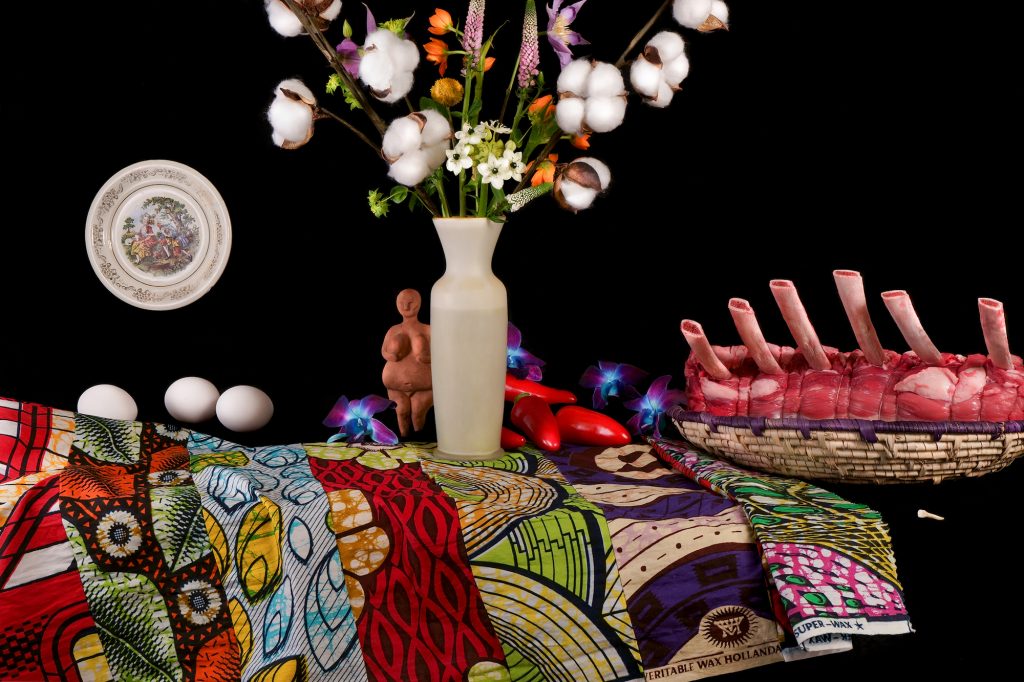
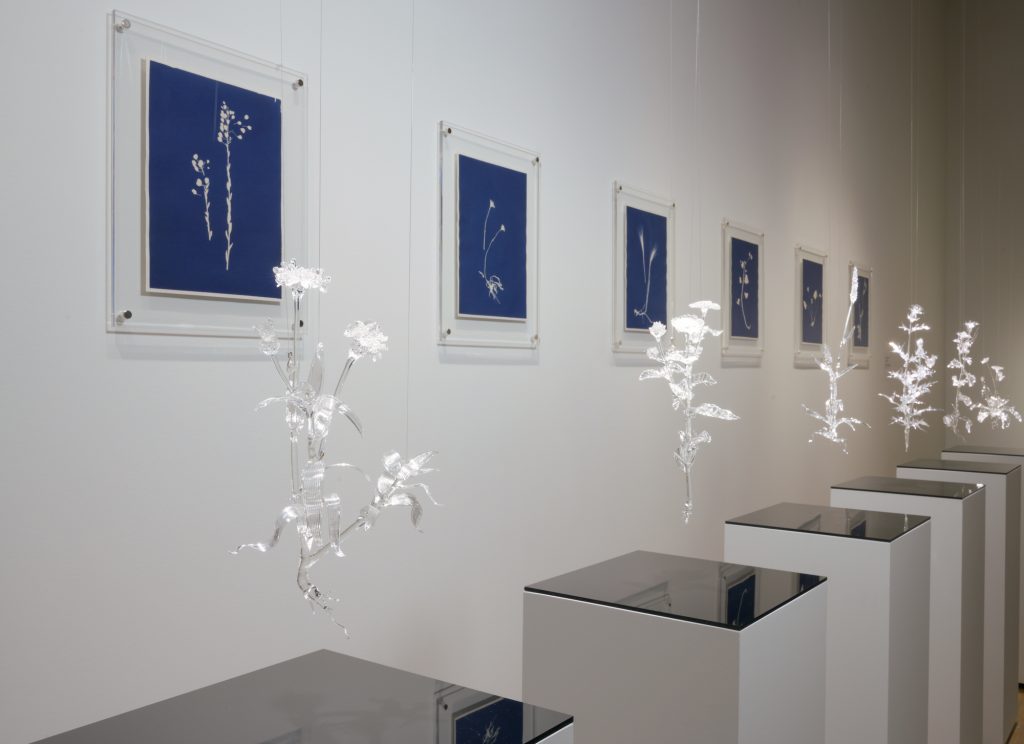
Musée des beaux-arts de Montréal
📷 Sébastien Roy
In 2021, I was an artist residence in Grantham Foundation for Arts and Environment @fondationgrantham. There I worked on a project focusing on the relationships between humans, plants, and place, and drew parallels between plant diaspora and narratives of human displacement.




📷 Guy L’Heureux
During the residency at the Foundation @fondationgrantham, I looked into the plants and flora that have been transported across seas and brought into Canada over the course of centuries because of their beauty, but now are categorized as ‘foreign and invasive’ by the Canadian Food Inspection Agency.
These are among the plants that we call them ‘weed’, have gone wild, burst through asphalt and grow in alleys and roadsides.
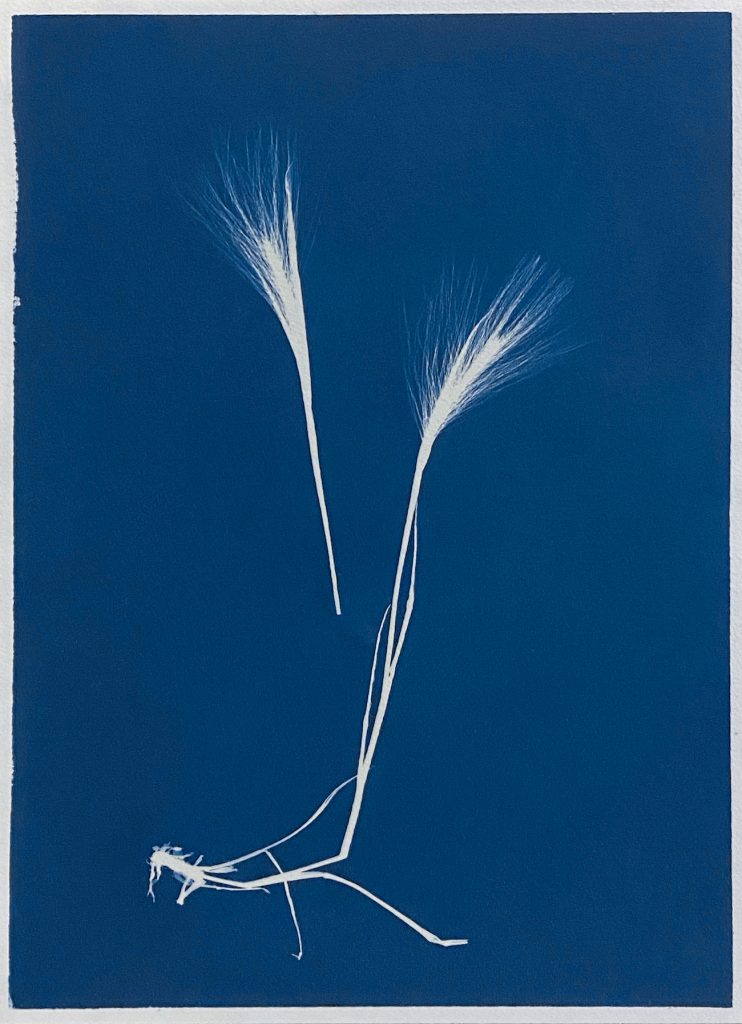

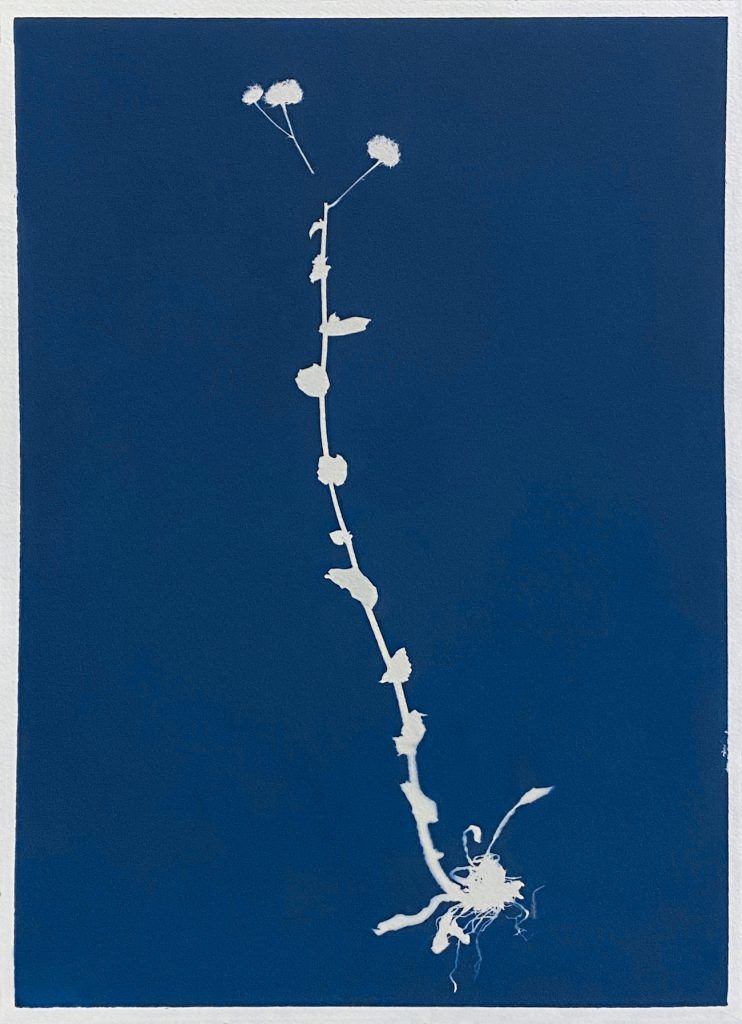
Day 3 – Wednesday July 20, 2022

Archive collection of the artist.

Archive collection of the artist.
Looking into the history of plant transfers, especially during the period of European imperialism provides insight into how plants had a profound influence on the Western economy and landscape. My research, for the past two years, has been focused on the plants that are native to the countries that were once colonized, and are categorized as invasive in the West.
I’m interested in these plants’ odysseys as they provide a window into the ways that Westerners interacted with non-Westerners through plant exchange, and the ways it set the foundation for the xenophobia, language, and racism applied to plants in modern ecology.
I try to ask the right questions while exploring these stories; to read between the lines and look at things against the grain, and reconsider how the stories have been told, and by whom…

Archive collection of the artist.

Archive collection of the artist.

An extract from the book

Plein sud, centre d’exposition
📷 Guy L’Heureux
In my recent body of work, I reflect on botanical ‘otherness’ and eco-nativism, the way it has disfigured nature, created artificial landscapes and skewed relationships between humans and plants, and how this intersects with similar behaviours towards foreigners, migrants or displaced people.
This close examination of the plants and how they are treated serve as a metaphor for me to address broader issues: how intolerance towards overseas species, similar to the way ‘newcomers’ are perceived, has shaped our contemporary notions of ‘native’ and ‘foreign’; what this differentiation means, how it reflects itself in politics and other structures of power.
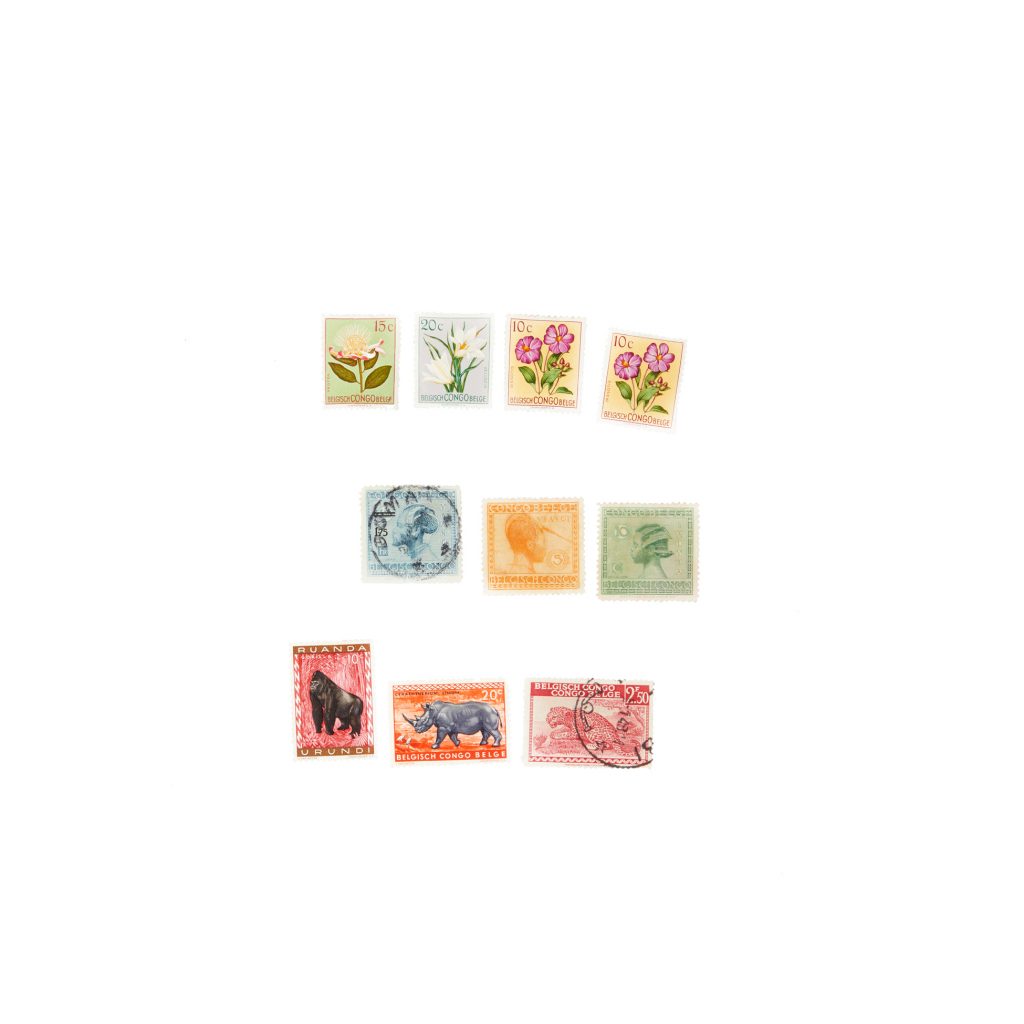
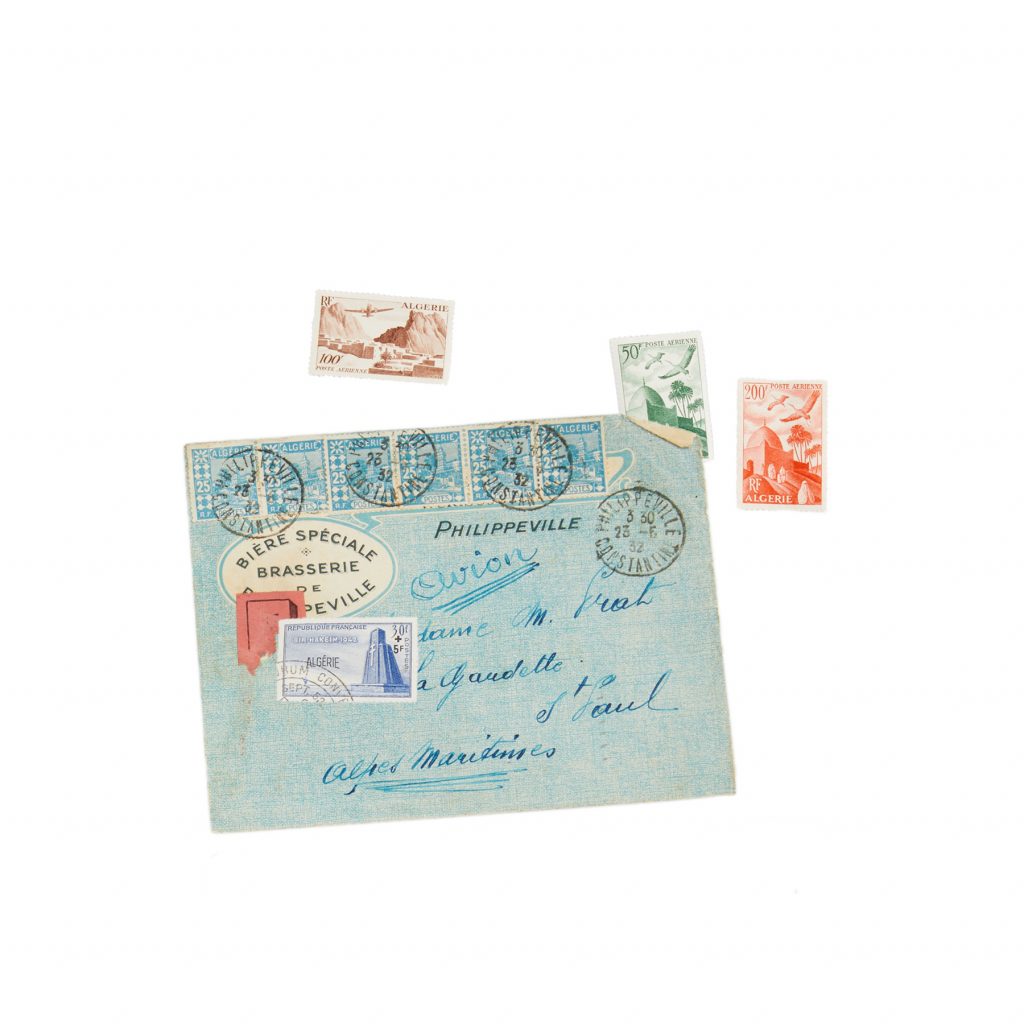
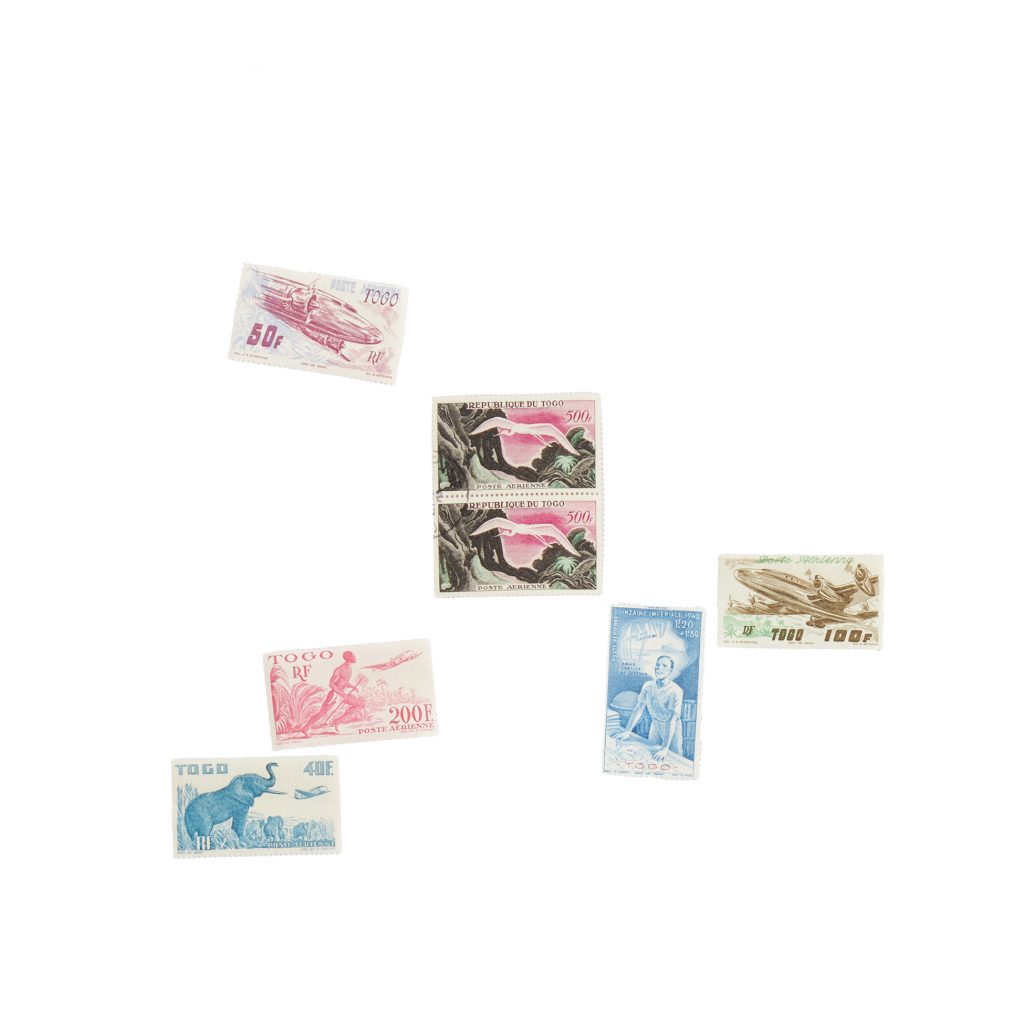
Jour 4 – Jeudi 21 juillet 2022


During the residency at Grantham Foundation for Arts and Environment @fondationgrantham, thinking about borders, plants, and crossings… I had this fascinating journey through the life of a plant that carries much personal memory, complexity, and stirring forces—the majestic hogweed, گلپر.
Native to my home country, Iran, it is considered an ‘invasive alien species’ in Canada, with an annual budget of 1.3 million dollars spent only in Quebec for its eradication.
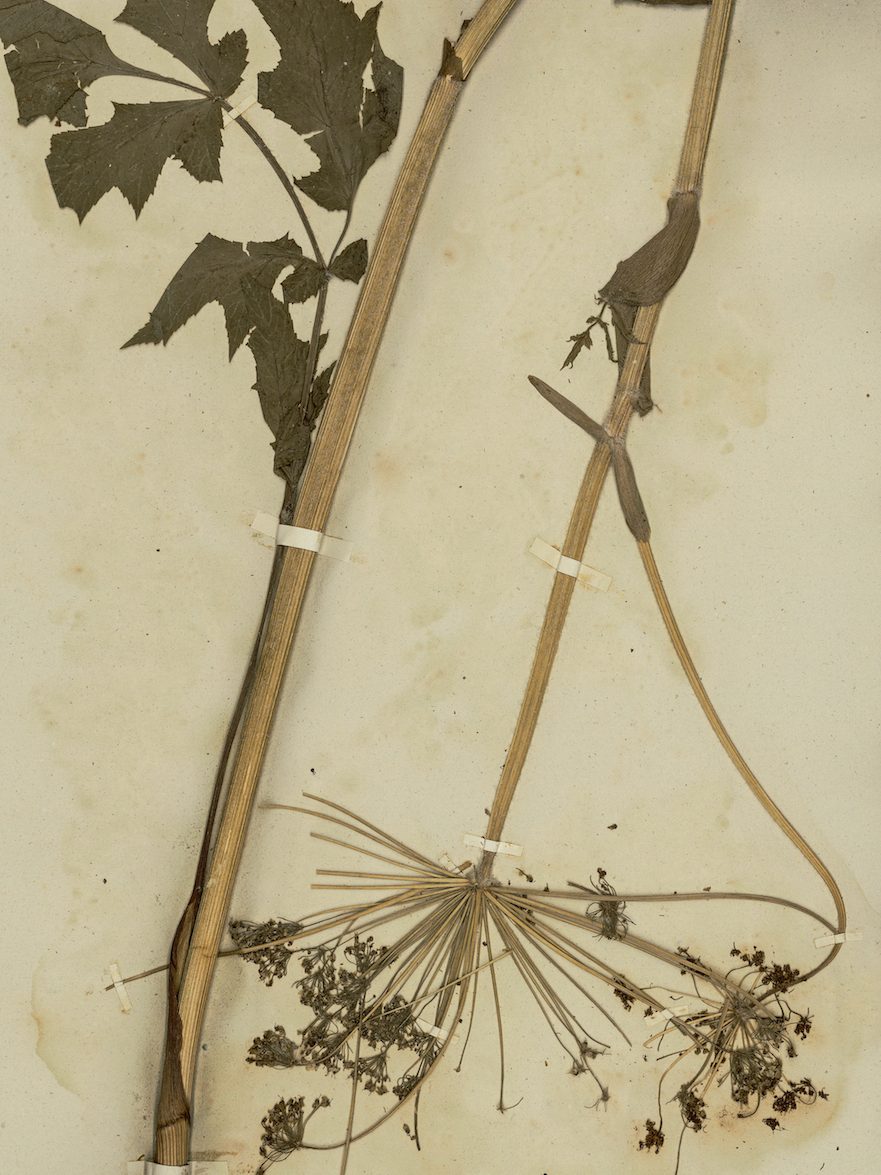
Muséum National d’Histoire Naturelle de Paris.
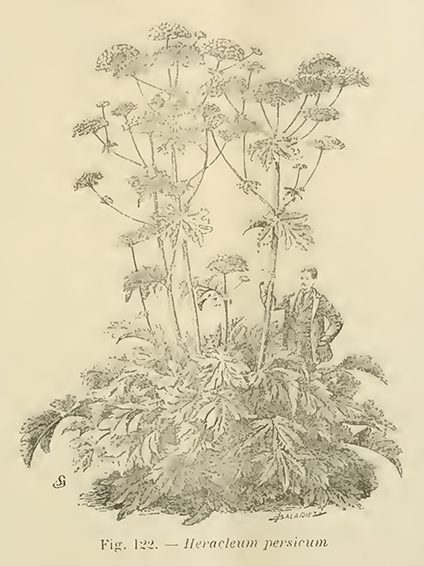
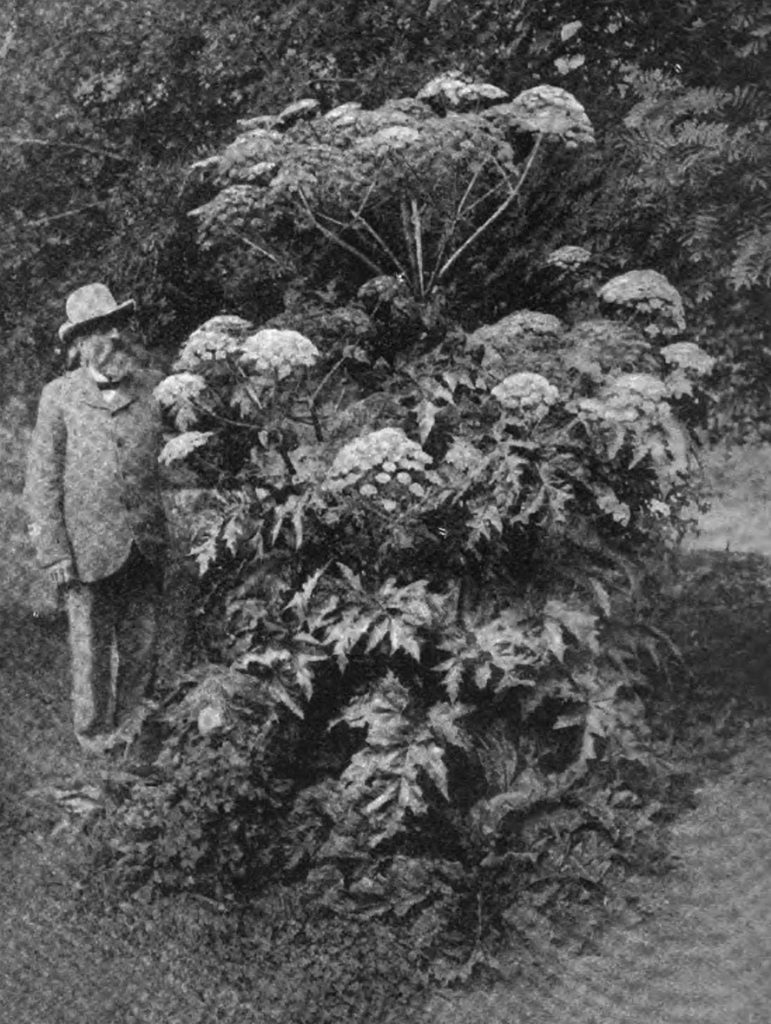
Archive collection of the artist.
Measuring from 2 to 5 metres tall, Heracleum persicum was introduced to Europe in the early 19th century as a garden curiosity because of its imposing size and vigorous growth. The species was first recorded in England in 1817, brought from Iran as an ornamental plant to please the Royal Family. It was introduced to the U.S. as an ornamental species, and from there to Canada in the 1950s. While considered a harmful, invasive weed here, H. persicum is a harmless, cultivated plant in Iran with medicinal and culinary values.
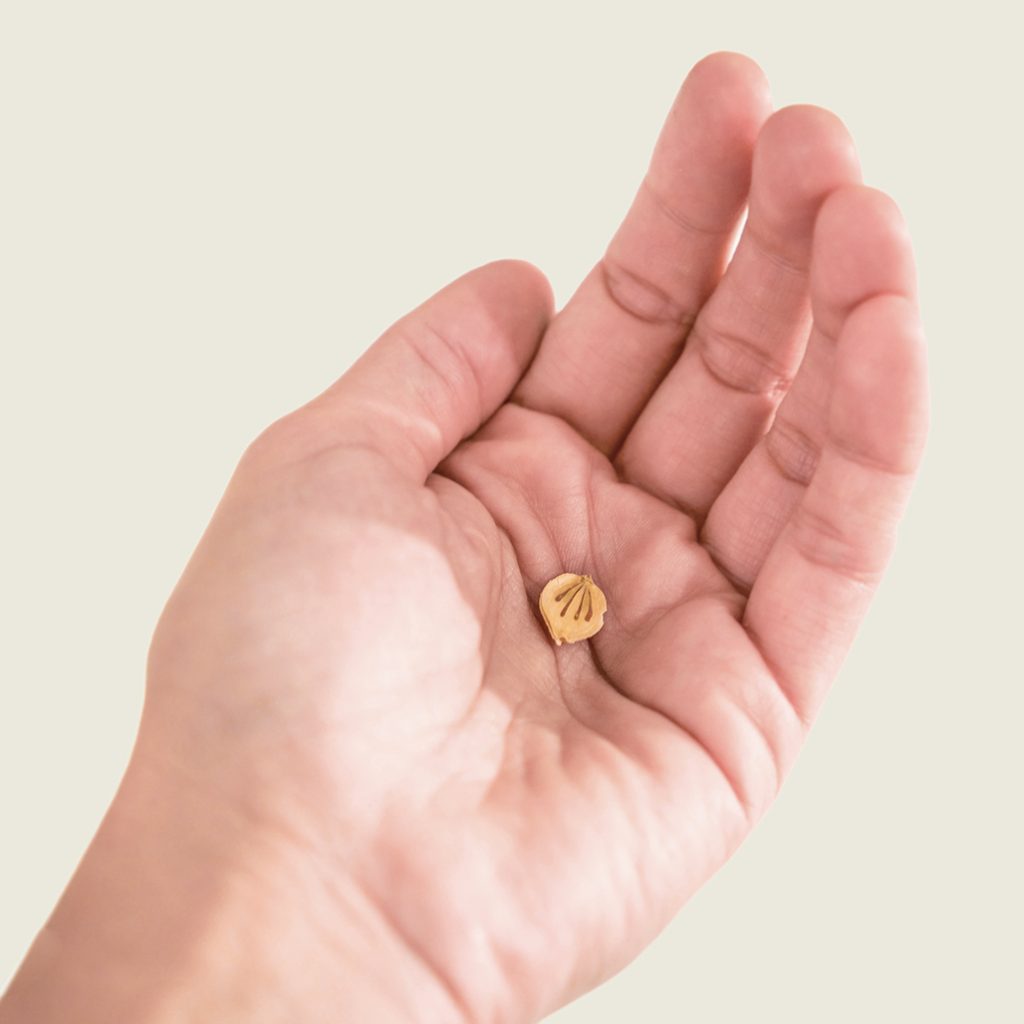

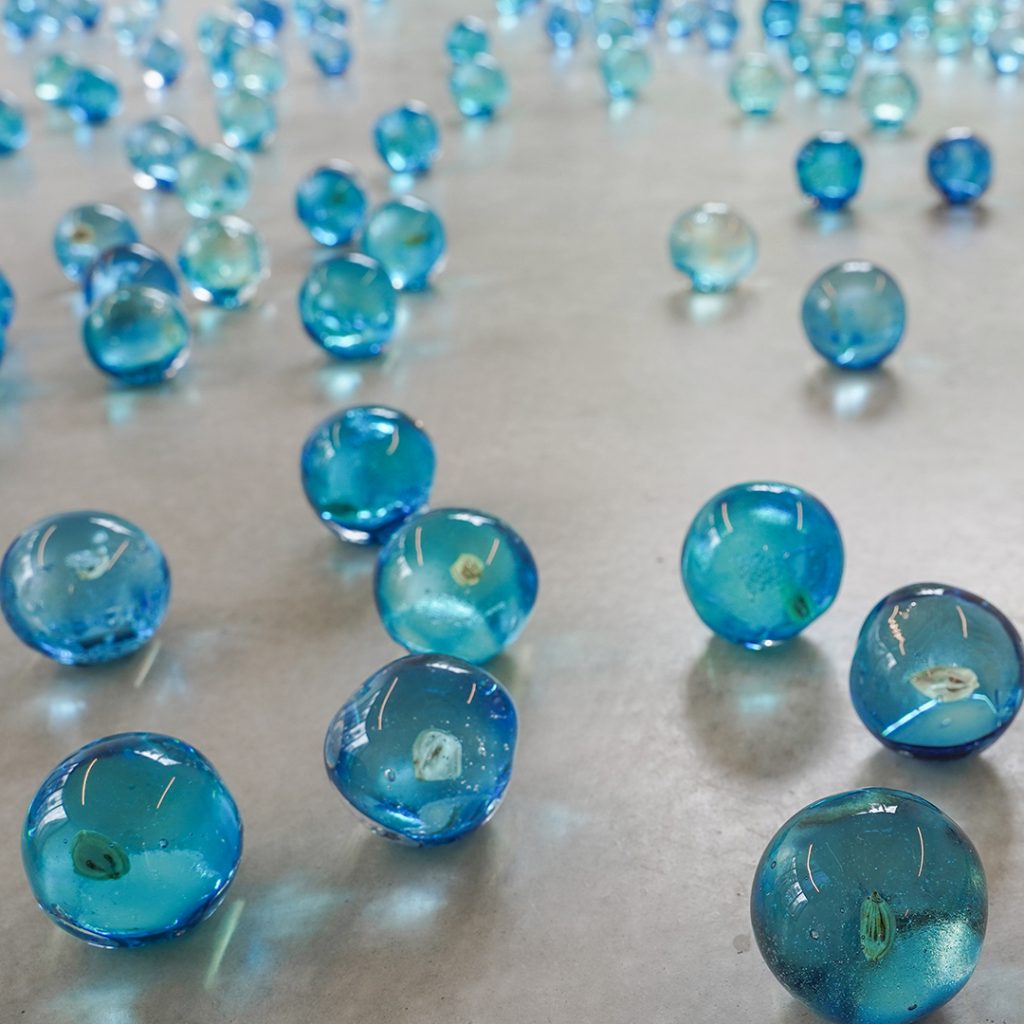
These days, I’m working with Amin Alsaden, an independent curator and scholar of art, on an exhibition that will be presented at Art Gallery of Guelph in September – December 2022.
Amin and I have been born and raised in two neighbouring countries, Iran and Iraq, which were engaged in the longest war of the 20th century during the 60s. Through the discussions about this project, we discovered that both our grandmothers’ impeccable pickle recipe had the same ingredient that did the whole magic–the seeds of Persian hogweed.
How marvellous it is to feel a sense of shared experience and imaginary kinship with unknown people from far distant lands, forged through a taste!
Day 5 – Friday July 22, 2022

Fondation Grantham pour l’art et l’environnement @fondationgrantham
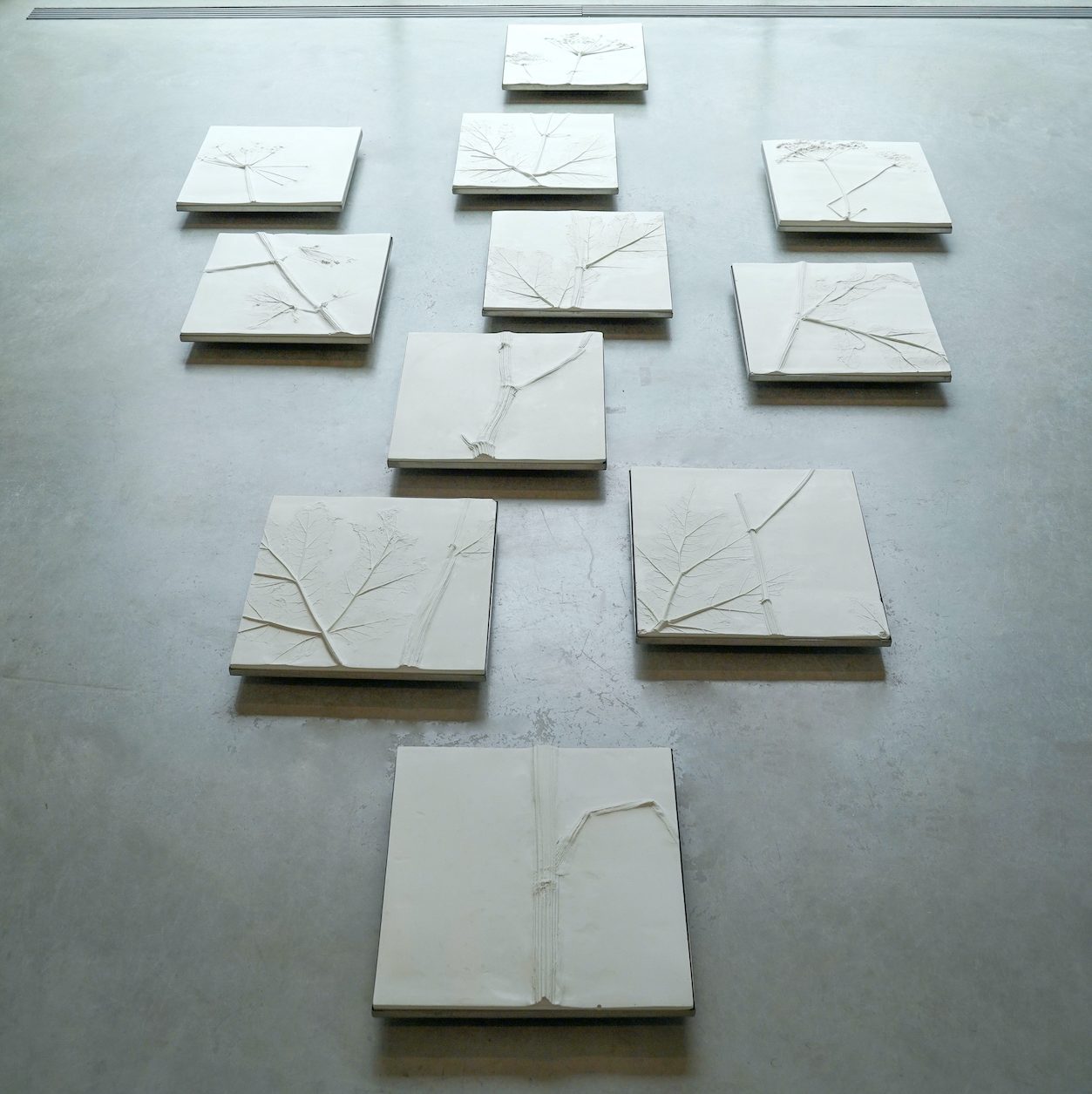
Fondation Grantham pour l’art et l’environnement @fondationgrantham
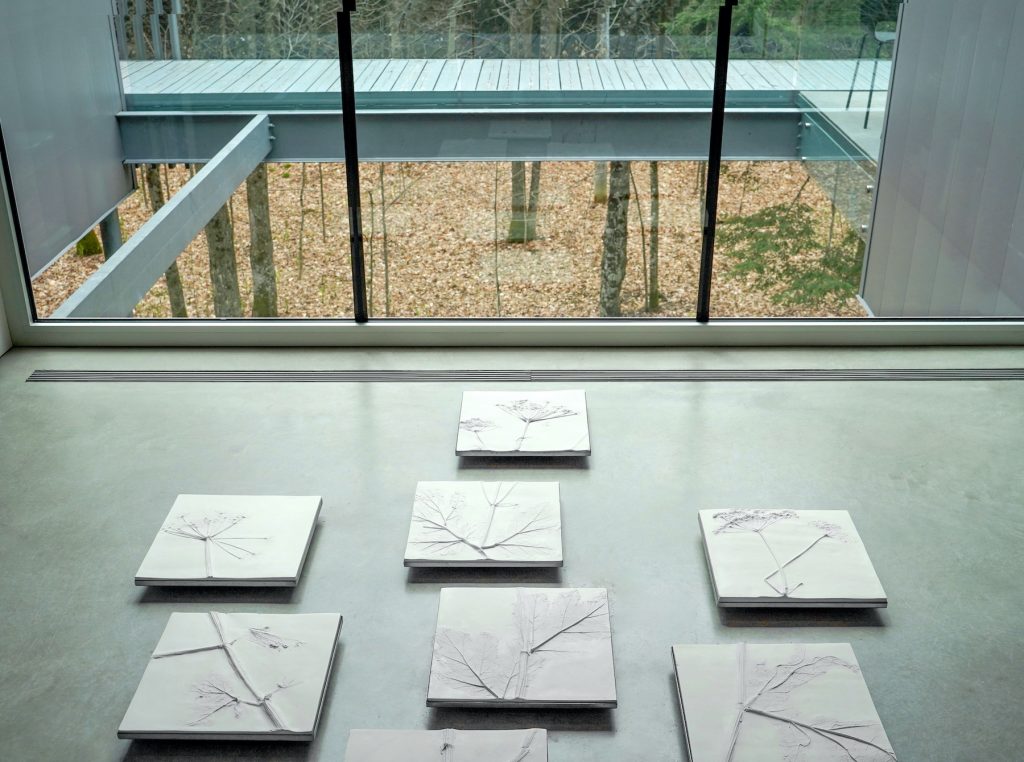
Fondation Grantham pour l’art et l’environnement @fondationgrantham
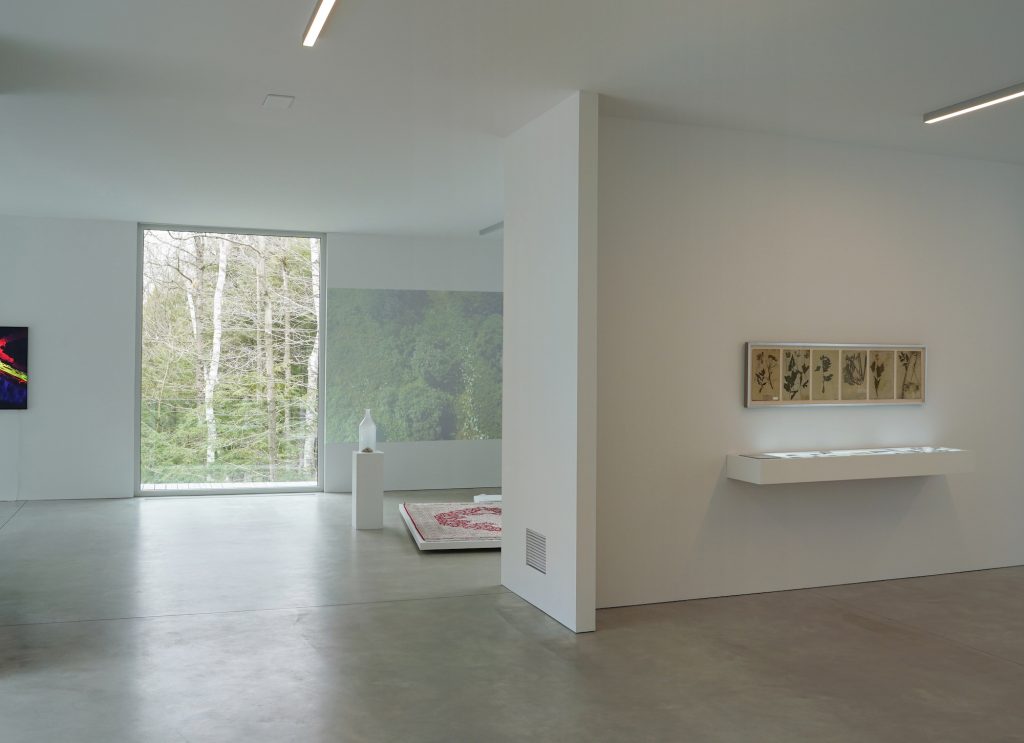

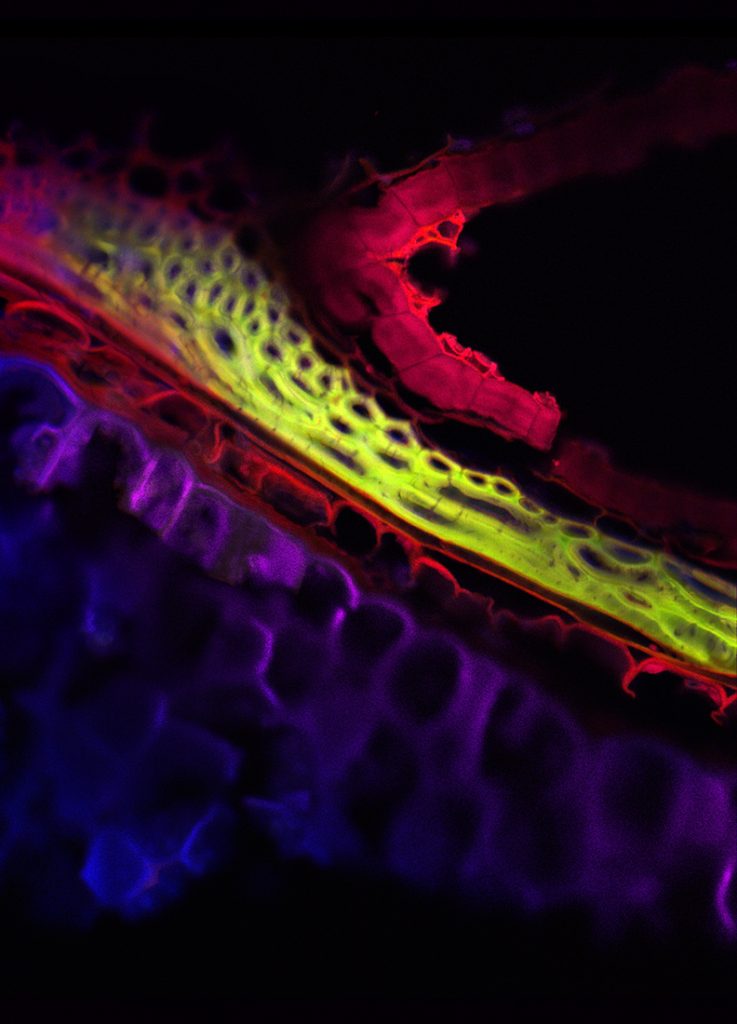


Augmented Reality application for iOS and Android.
Fondation Grantham pour l’art et l’environnement @fondationgrantham

Augmented Reality application for iOS and Android.
Fondation Grantham pour l’art et l’environnement @fondationgrantham
As part of my research and creation process, I developed an AR application called Alien Blooms. The piece foregrounds three giant hogweeds into a surrounding space through the interface of the app which activates a device’s camera that user’s point to an encoded matrix to experience the piece.
Many of you followed us this week and we feel blessed by your support.
We had the pleasure this week to welcome the pluridisciplinary artist Anahita Norouzi for our seventh Instagram “takeover”. We invite you to watch her interview during which we dig deeper in Anahita’s practice and creative process.
This discussion is offered in English, the language chosen by the artist, and subtitled in French.
To visit Anahita’s website.
